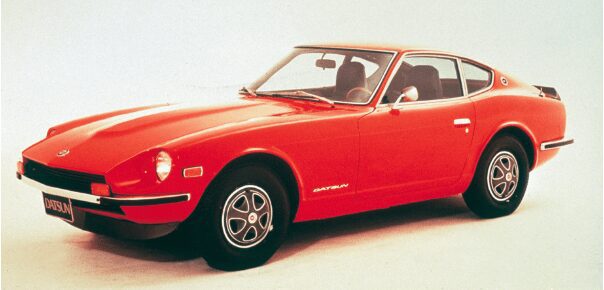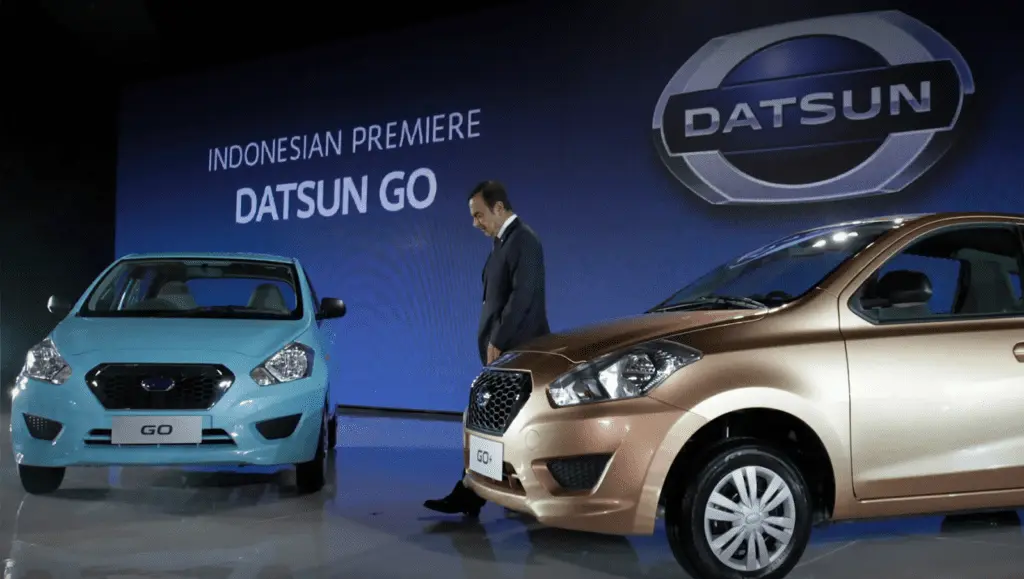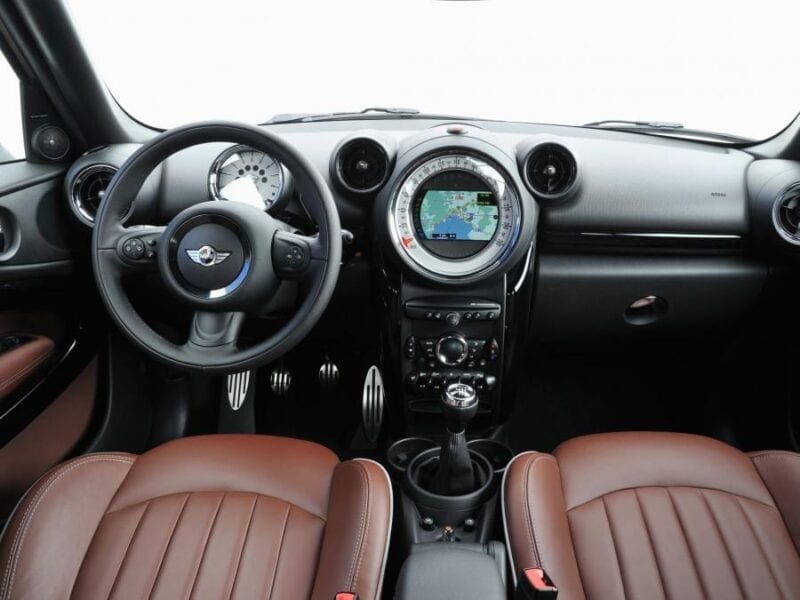
Datsun history
In 1930, the first car produced under the Datsun brand was produced. It was this company that experienced several starting points in its history at once. Almost 90 years have passed since that moment and now let's talk about what this car and brand has shown to the world.
Founder

If you believe the history, the history of the Datsun automobile brand dates back to 1911. Masujiro Hashimoto can rightfully be considered the founder of the company. After graduating from a technical university with honors, he went to study further in the United States. There Hashimoto studied engineering and technical sciences. Having returned, the young scientist wanted to open his own car production. The first cars that were built under Hashimoto's leadership were called DAT. This name was in honor of its first investors "Kaisin-sha" Kinjiro Dena, Rokuro Aoyama and Meitaro Takeuchi. Also, the name of the model could be deciphered as Durable Attractive Trustworthy, which means "reliable, attractive and trustworthy customers."
Emblem

From the beginning, the emblem consisted of the Datsun lettering on the flag of Japan. The logo meant the land of the rising sun. After Nissan bought out the company, their badge changed from Datsun to Nissan. But in 2012, Nissan reinstated the Datsun emblem on its expensive cars. They wanted people from developing countries to buy Datsun and then upgrade to higher class cars in the Nissan and Infiniti brands. Also at one time, a post was posted on the official Nissan website with the opportunity to vote for the return of the Datsun emblem to the car market.
History of the car brand in models

The first Datsun factory was built in Osaka. The company starts producing engines and immediately selling them. The company invests the proceeds in development. The very first cars were called Datsun. Translated from English it meant "Son of Date", but due to the fact that in Japanese it meant death, the brand was renamed into the familiar Datsun. And now the translation suited both English and Japanese and meant the sun. The company developed slowly due to weak funding. But the company was lucky and they came up with an entrepreneur who invested money in them. It turned out to be Yoshisuke Aikawa. He was a smart man and immediately saw the potential of the company. Until the end of 1933, the entrepreneur completely bought out all the shares of the Datsun company. The company was now called Nissan Motor Company. But no one gave up on the Datsun model, and their production also did not stop. In 1934, the company began selling its cars for export. One of these was the Datsun 13.

The Nissan plant was also opened, which also produced Datsun cars. After that there were hard times for the team. China announced the war on Japan, and then the Second World War began. Japan sided with Germany and miscalculated and at the same time introduced a crisis. The enterprise was able to recover only by 1954. At the same time, a model called "110" was released. At the Tokyo exhibition, the novelty was in the spotlight, thanks to its new design at the time. The people called this car "ahead of its time". All these merits were due to Austin, which helped in the development of this model. After this success, the company began to produce cars even more frequently. The company moved up, and now it was time to conquer the American market. Then America was the leader and leader of style in the car of the structure. And all companies were striving for this result and success. The 210 was one of the first models to be shipped to the United States. The assessment from the states was not long in coming. The people themselves treated this car with caution.
A well-known automotive magazine spoke well enough about this car, they liked the design and driving characteristics of the car. After a while, the company released the Datsun Bluebird 310. And the car caused delight in the American market. The main factor in this assessment was influenced by a radically new design, which now looked more like American models. The premium class of the population drove this car. Its technical characteristics were top notch. At the time, it had excellent noise cancellation, excellent ride quality, low engine displacement, a new dashboard and a designer interior. It was not at all a shame to drive such a car. Also, the price was not overpriced, which made it possible for large sales of the car.

The next few years, the number of car dealerships of the diagnostic centers of the model reached 710 pieces. Americans began to prefer the Japanese car more than their own production. Datsun was offered cheaper and better. And if earlier it was a little embarrassing to buy a Japanese car, now everything has changed dramatically. But in Europe, the car did not sell very well. Many experts believe that the reason for this is weak funding and development in European countries. The Japanese company understood that it could take more profit from the American market than from the European one. For all motorists, Datsun cars were associated with high practicality and reliability. In 1982, the companies were waiting for a change, and the old logo was removed from production. Now all the company's cars were produced under the monotonous Nissan logo. During this period, the company had the task of telling everyone and showing in practice that Datsun and Nissan are now the same models. The cost of these advertising campaigns was close to one billion dollars. Time passed, and the company developed and released new cars, but until 2012 there was no mention of Datsun. In 2013, the company decided to return the Datsun models to their former glory. The first Datsun model car in the twenty-first century was the Datsun Go. The company sold them in Russia, India, South Africa and Indonesia. This model was made for the younger generation.
As a conclusion, we can say that the Japanese company Datsun gave the world a lot of good cars. At one time, they were a company that was not afraid to go and do experiments, introduce new trends. They were noted for high reliability, quality, interesting design, low prices, affordability and good attitude towards the buyer. To this day, occasionally on our roads, we can observe these cars. And older people can say: "They knew how to make high-quality cars before, not like now."


One comment
anonym
WE ARE REALLY THANKFUL FOR YOUR SERVICE